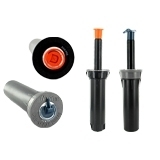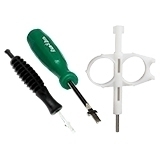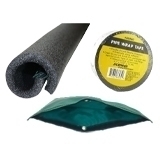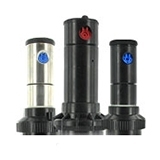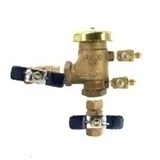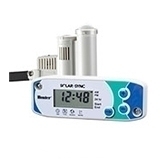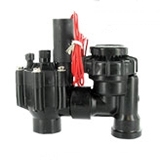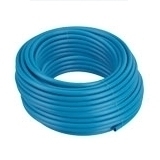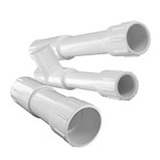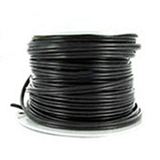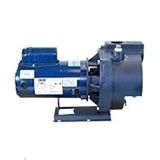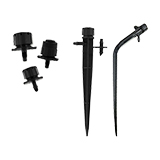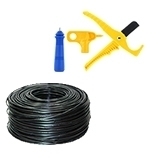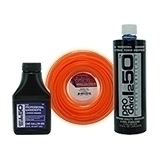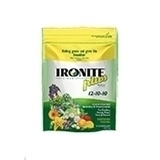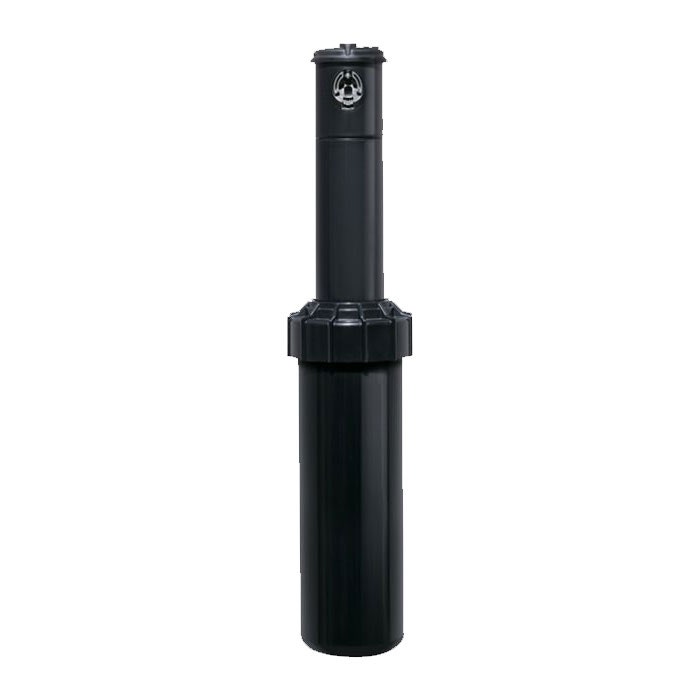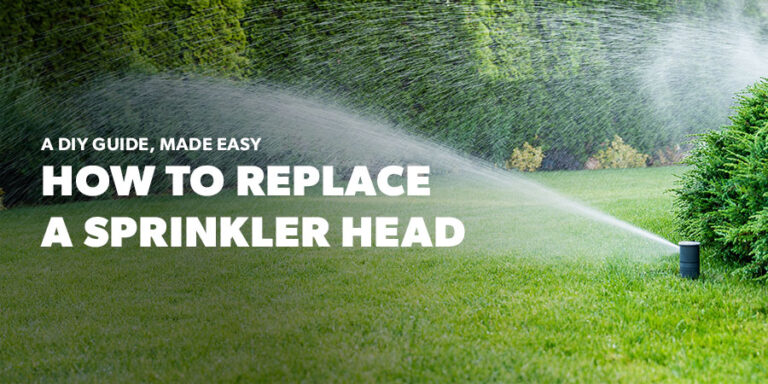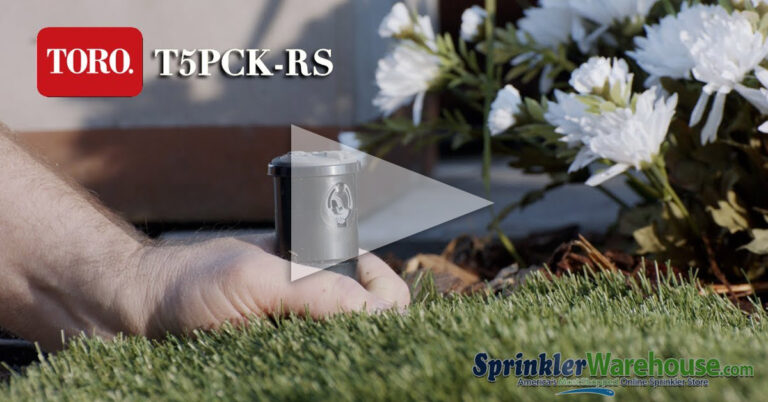Why People Still Use Brass Nozzles
There was a time when brass nozzles where all you saw in irrigation systems. Why? Well, there were no plastic ones. Hard to imagine pre-plastic, isn’t it? You had brass, zinc and steel. Brass dominated because of its looks and durability.
The first generation or three of plastic nozzles were rough. Manufacturing technology was not at the level needed to produce a truly efficient, uniform pattern spray nozzle. If you wanted quality and efficiency you went with brass.
Today’s plastic nozzles are very efficient and provide good, uniform coverage. Many of them provide coverage as consistent as brass nozzles. They are also cheaper than brass. Why, then, would people continue to buy brass? There are a number of good reasons.
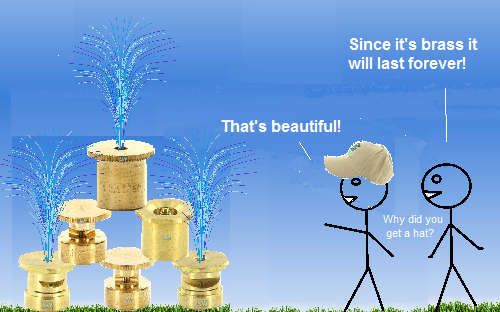
Normally about now I’d start throwing some numbers and statistics at you to show you why this product is so much better. Not today. I will note that brass nozzles are available with a 24′ radius. Plastic nozzles tend to stop at 15′.
Our wonderful graphics group had absolutely nothing to do with this graphic.
Why buy brass?
Well, if you are designing a system and can space heads every 24′, as opposed to every 15′, you save on parts and labor. Parts may be cheap but labor is not. Eliminating heads while maintaining coverage can make a noticeable difference in your costs.
Durability. It’s easy to find brass nozzles 50 years old still in service. Brass is corrosion resistant, withstands hot and cold easily, and resistant to abrasion from debris. If you see a plastic nozzle 15 or 20 years old you have found an exceptional system.
Abrasion resistance. As clean as it is, your water can still carry sand and other debris. Even with municipal water there can be fine sand and, in some areas, metal particles from inside your old galvanized supply line. When metal pipes break down they tend to do it from the inside out, releasing abrasive metal particles into your water. This fine abrasion can have a cumulative effect on any nozzle. Plastic, being softer than brass, will show wear far earlier. The particles will also adhere to the side more readily, causing a build-up that has to be cleaned more often than brass.
Hot and cold. REAL hot and REAL cold. Extreme temperatures: brass has survived them just fine for centuries. Get cold enough and plastic can get brittle. Fine if no one bothers it until it warms up again, not so fine if someone steps on it.
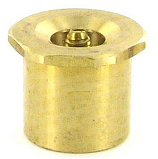
And the main reason people still buy brass nozzles: they look good. Architects don’t recommend brass for door handles, desk trim, railings, faucets, lighting, fountains and more because it’s the latest thing. They use brass because it looks good and stays looking good for a long time. Brass gives everything a classic, finished look.
You work hard to make your place attractive. Very few parts of your irrigation system show to the public. Shouldn’t those parts reflect the pride and work you have in the rest of your home and last just as long?



